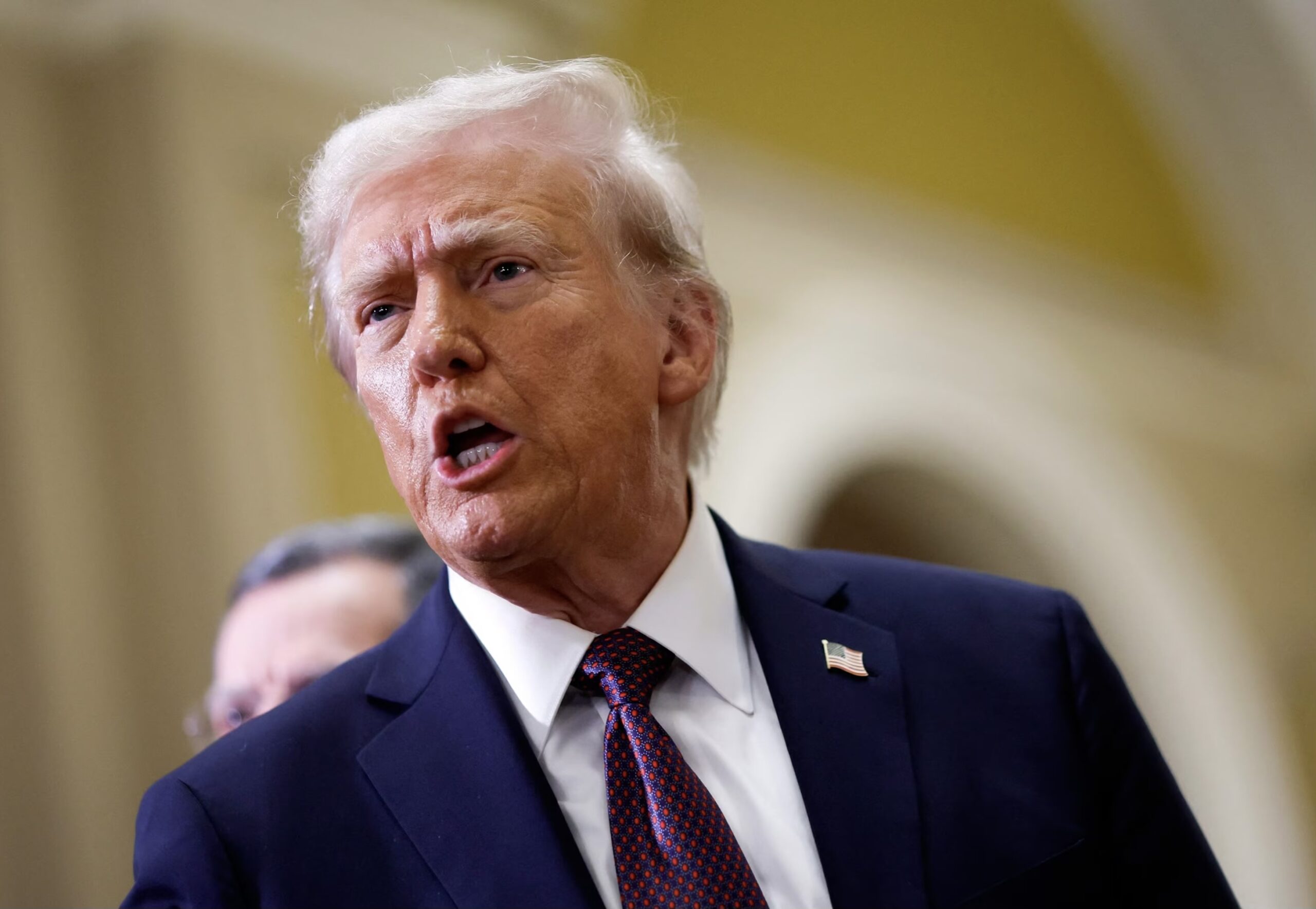Trump Reveals Unprecedented Fort Knox Inspection – “First in 82 Years”
President Donald Trump recently made waves by announcing a historic inspection of Fort Knox, the U.S. Bullion Depository, which has not been publicly examined in over 80 years. His social media post declared that he would personally oversee the inspection, aiming to ensure the security of the nation’s gold reserves, prompting widespread public discussion and intrigue.
Fort Knox, located in Kentucky, is not only a key military installation but also a symbol of the country’s financial strength and national security. Established in 1937, the facility has long been associated with safeguarding the nation’s gold. Currently, it is estimated that Fort Knox holds around 147.3 million ounces of gold, worth approximately $435 billion at current market prices. Over the years, the depository has remained highly secure, with very limited public access, enhancing its mystique. Its robust construction, made of granite, steel, and reinforced concrete, and its complex security protocols, have made it an impenetrable fortress for the country’s financial assets.
Historically, Fort Knox has rarely allowed public inspections. One of the few exceptions was in 1974 when a small group of journalists and Congress members were granted access due to rumors of missing gold. A more recent inspection occurred in 2017 when Treasury Secretary Steve Mnuchin visited the facility with other officials. However, Trump’s announcement marks the first time in over 80 years that individuals outside the usual authorized personnel will be allowed to inspect the vault. This move is being seen as an attempt to address concerns over government transparency and reinforce trust in the management of national assets.
In a video, Trump confidently stated, “We’re gonna go into Fort Knox to make sure the gold is there.” He emphasized the significance of the inspection, asserting that if the gold was found to be missing or compromised, there would be consequences. His message resonated with supporters who believe that such transparency is essential to maintaining public confidence in the nation’s financial integrity. Trump’s announcement is viewed by many as a challenge to the secrecy that has surrounded the facility for so long, positioning himself as a champion of accountability in government.
The political implications of Trump’s decision are noteworthy. Fort Knox has long been a symbol of U.S. strength, and by personally overseeing this inspection, Trump sends a strong signal to his supporters that his administration is committed to ensuring the security of the nation’s wealth. His statement that this will be the first such inspection in over 80 years serves to underscore the historic nature of the move and positions it as part of a broader push for greater transparency in government.
Some critics, however, have questioned the motivations behind the announcement. They argue that it could be a strategic move to divert attention from other political issues or to rally his base ahead of upcoming elections. The details surrounding the inspection remain vague, including how it will be conducted and to what extent the public will have access to the proceedings. These unanswered questions have led some to speculate about whether the event will live up to its bold promises.
Despite the criticisms, Trump’s plan for the inspection could have significant economic consequences. Gold remains a cornerstone of the U.S. economy, and the integrity of the country’s gold reserves is of paramount importance to both domestic and international investors. By making the inspection a priority, Trump signals that the administration is taking proactive measures to maintain confidence in the nation’s financial system. If the reserves were found to be missing or compromised, it could have severe repercussions for the U.S. economy, undermining public trust in the government’s ability to manage its assets.
The logistics of the inspection are still unclear, but the move raises important questions about the balance between transparency and security. Fort Knox is renowned for its rigorous security protocols, which are designed to protect the nation’s wealth from a variety of threats. The announcement of an inspection, especially one of this magnitude, could necessitate changes to the facility’s security measures. How the administration will ensure that national security is not compromised while allowing for increased transparency remains to be seen.
This announcement also comes at a time when demands for greater government transparency are higher than ever. Public trust in federal agencies and institutions has been eroded in recent years, and many citizens are calling for increased oversight. Trump’s decision to open Fort Knox for inspection is in line with this broader movement for accountability, though it remains to be seen whether it will set a precedent for similar initiatives in other areas of government.
In conclusion, Trump’s planned inspection of Fort Knox represents a dramatic shift in the way the U.S. government approaches transparency regarding its most guarded assets. While the full scope of the inspection remains uncertain, it is clear that this move has sparked a larger conversation about the balance between security and openness in government. Whether this inspection will be a milestone for federal accountability or a political maneuver remains to be seen, but it has already generated significant public interest and debate. As the details unfold, the public will be watching closely to see how the administration navigates this unprecedented move.
